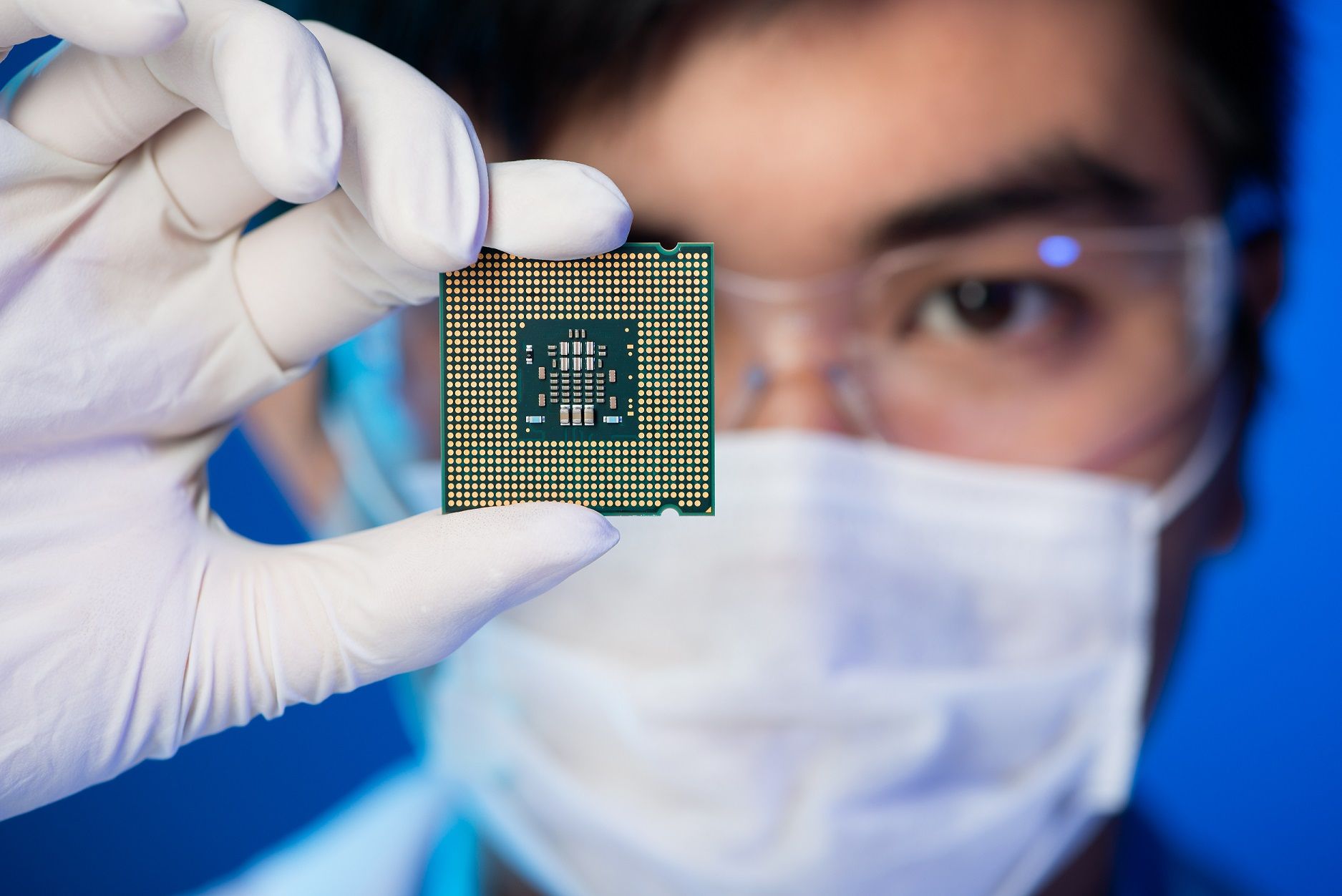According Representative Press and StormCloudsGathering - YouTube channels both ‘guilty’ of reporting quotes, statistics, and facts that paint US foreign policy in a negative light, Google is actively denying them advertising revenue while continuing to allow more offensive coverage of the same subjects by mainstream media channels.
A petition has been circulated from Change.org, calling on Google to reverse its policy changes which deny advertising at so-called “sensitive” content. It can be signed via the link below.
Problems in the way Google sees the information media revolution of the internet are implied in the recent Mont Order society Seven Point program embedded below, which designated Google as a neoconservative-leaning organization. Disruptive technologies, and the potential of nanotechnology, were also addressed in the same section of the Mont Order program, which held a more positive view of individual technologies rather than the companies and executives promoting them.
[youtube_sc url=“https://www.youtube.com/watch?v=oDLtGF4jYfs”]
In a book by Google executives called The New Digital Age, Google claimed that “enforcing the law” is not censorship, despite the fact that all censorship consists of creating laws to stifle and shut down criticism. This shows a profound refusal to accept basic logic or terminology, matched only by Google’s chauvinist alliance with US mass surveillance and belief the US government must disarm and conquer the entire world to bring security.








